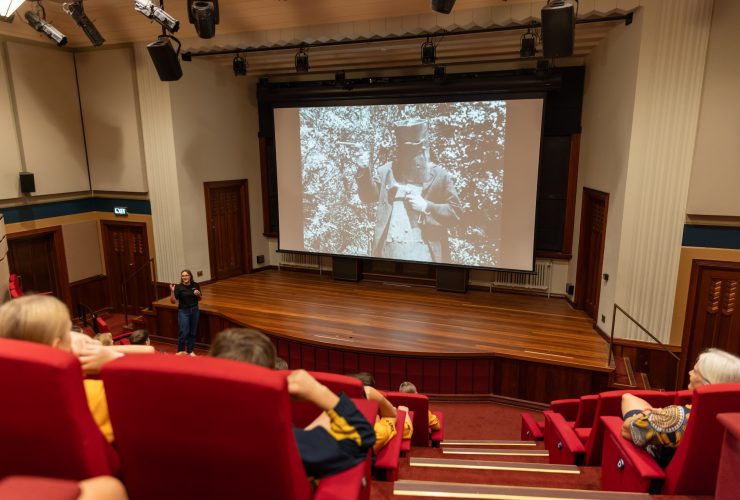New Australian Curriculum Released
The updated and approved Australian Curriculum was released and launched with a new website to support teachers and parents.
Endorsed by state and territory education ministers on 1 April, the new Australian Curriculum sets high expectations and standards for what all students should know and be able to do.
For teachers interested in Media Literacy, they will see opportunities to explore the key knowledge, concepts and skills of media literacy in the learning areas, particularly English, The Arts (particularly Media Arts), Science, and the Humanities and Social Sciences. These learning areas, combined with the general capabilities and cross-curricula priorities give educators the opportunity to create meaningful lessons around the skills and capabilities associated with being media literate.
The rationale in the Media Arts learning area states that:
“Students learn to be critically aware of ways that the media are culturally used and negotiated, and are dynamic and central to the way they make sense of the world and of themselves. They learn to interpret, analyse and develop media practices through their media arts making experiences. They are inspired to imagine, collaborate and take on responsibilities in planning, designing and producing media artworks”
The curriculum for Media Arts also includes this precis in its aims:
In addition to the overarching aims for the Australian Curriculum: The Arts, media arts knowledge, understanding and skills ensure that, individually and collaboratively, students develop:
- enjoyment and confidence to participate in, experiment with and interpret the media-rich culture and communications practices that surround them
- creative and critical thinking, and exploring perspectives in media as producers and consumers
- aesthetic knowledge and a sense of curiosity and discovery as they explore imagery, text and sound to express ideas, concepts and stories for different audiences
- knowledge and understanding of their active participation in existing and evolving local and global media cultures.
A consistent theme throughout the English curriculum course descriptions is the opportunity that students will have to engage with a variety of texts:
“Students engage with a variety of texts for enjoyment. They listen to, read, view, interpret and evaluate spoken, written and multimodal texts in which the primary purpose is aesthetic, as well as texts designed to inform and persuade. These include various types of media texts including newspapers, film and digital texts, junior and early adolescent novels, poetry, non-fiction and dramatic performances. Students develop their understanding of how texts, including media texts, are influenced by context, purpose and audience.” (Our emphasis)
And in later years, as knowledge and skills develop, students have the opportunity to “develop critical understanding of the contemporary media and the differences between media texts.”
Media Literacy skills are intrinsic to the knowledge, understanding, and skills associated with the Humanities and Social Sciences, particularly in history and civics and citizenship. In addition, media literacy skills in these learning areas, especially those associated with news literacy, are going to be essential to foster and cultivate meaningful learning programs that improve and enhance the lives of young people during their school years and beyond.
AMLA looks forward to continue supporting educators and parents with resources, research and connections to ensure outstanding media literacy programs and bodies of work are offered to students.


